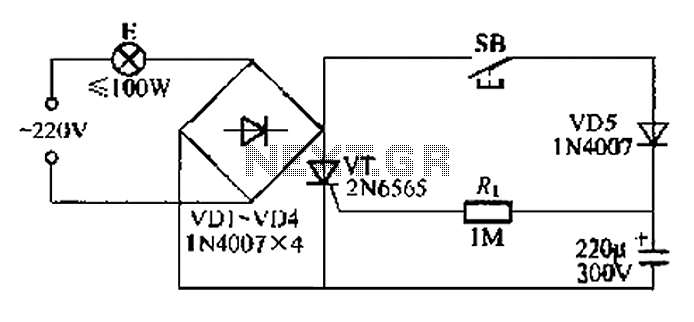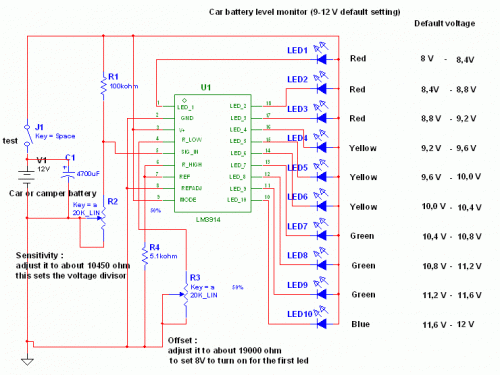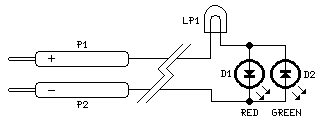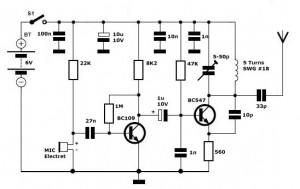
Simple Polarity Tester
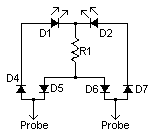
This tester can be used to check the polarity of any power source, and is therefore very useful when installing automotive equipment, alarm systems or anything else you can think of. Because this circuit is so simple and cheap, even frying one with an over voltage is not a big deal.
The polarity tester circuit typically consists of a few basic components: a power source, a diode, an LED indicator, and resistors. The circuit is designed to be connected to the power source under test, which can be a battery or any DC power supply.
When the circuit is connected, the diode allows current to flow in one direction only, which is determined by the polarity of the power source. If the positive terminal of the power source is connected to the anode of the diode and the negative terminal to the cathode, the diode will conduct, allowing current to flow through to the LED indicator. The LED will light up, indicating that the polarity is correct.
Conversely, if the connections are reversed, the diode will block the current flow, preventing the LED from lighting up. This simple yet effective design provides a clear visual indication of the power source's polarity.
The inclusion of a resistor in series with the LED is essential to limit the current flowing through the LED, preventing damage from excessive current. The resistor value can be calculated based on the forward voltage of the LED and the supply voltage to ensure optimal performance.
Due to the simplicity of this circuit, it is cost-effective and can be easily built or repaired, making it a practical tool for automotive and electronic applications. The robustness of the design also allows it to withstand occasional overvoltage situations without significant damage, ensuring longevity and reliability in various testing scenarios.This tester can be used to check the polarity of any power source, and is therefore very useful when installing automotive equipment, alarm systems or anything else you can think of. Because this circuit is so simple and cheap, even frying one with an over voltage is not a big deal. 🔗 External reference
The polarity tester circuit typically consists of a few basic components: a power source, a diode, an LED indicator, and resistors. The circuit is designed to be connected to the power source under test, which can be a battery or any DC power supply.
When the circuit is connected, the diode allows current to flow in one direction only, which is determined by the polarity of the power source. If the positive terminal of the power source is connected to the anode of the diode and the negative terminal to the cathode, the diode will conduct, allowing current to flow through to the LED indicator. The LED will light up, indicating that the polarity is correct.
Conversely, if the connections are reversed, the diode will block the current flow, preventing the LED from lighting up. This simple yet effective design provides a clear visual indication of the power source's polarity.
The inclusion of a resistor in series with the LED is essential to limit the current flowing through the LED, preventing damage from excessive current. The resistor value can be calculated based on the forward voltage of the LED and the supply voltage to ensure optimal performance.
Due to the simplicity of this circuit, it is cost-effective and can be easily built or repaired, making it a practical tool for automotive and electronic applications. The robustness of the design also allows it to withstand occasional overvoltage situations without significant damage, ensuring longevity and reliability in various testing scenarios.This tester can be used to check the polarity of any power source, and is therefore very useful when installing automotive equipment, alarm systems or anything else you can think of. Because this circuit is so simple and cheap, even frying one with an over voltage is not a big deal. 🔗 External reference
Warning: include(partials/cookie-banner.php): Failed to open stream: Permission denied in /var/www/html/nextgr/view-circuit.php on line 713
Warning: include(): Failed opening 'partials/cookie-banner.php' for inclusion (include_path='.:/usr/share/php') in /var/www/html/nextgr/view-circuit.php on line 713
